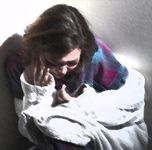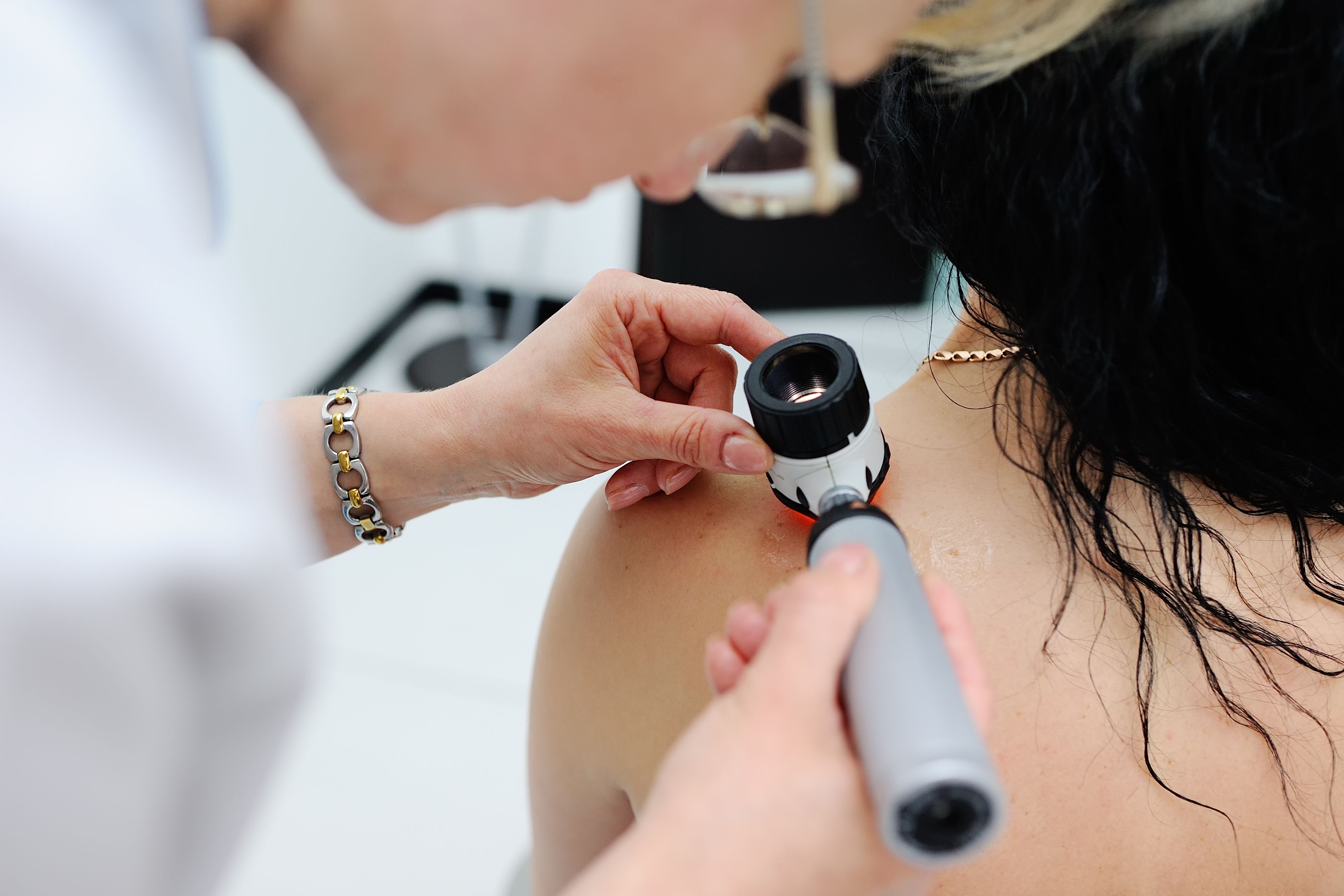- Acne
- Actinic Keratosis
- Aesthetics
- Alopecia
- Atopic Dermatitis
- Buy-and-Bill
- COVID-19
- Case-Based Roundtable
- Chronic Hand Eczema
- Chronic Spontaneous Urticaria
- Drug Watch
- Eczema
- General Dermatology
- Hidradenitis Suppurativa
- Melasma
- NP and PA
- Pediatric Dermatology
- Pigmentary Disorders
- Practice Management
- Precision Medicine and Biologics
- Prurigo Nodularis
- Psoriasis
- Psoriatic Arthritis
- Rare Disease
- Rosacea
- Skin Cancer
- Vitiligo
- Wound Care
Article
Torture victims seek derm asylum help
New York — By documenting the physical sequelae of mistreatment, dermatologists may play a valuable role in helping victims of torture, says Miguel R. Sanchez, M.D., associate professor of dermatology, New York University School of Medicine.

Speaking at the New York University Advances in Dermatology Conference, Dr. Sanchez reviewed his personal experience working with the Bellevue Hospital/New York University Program for Survivors of Torture, and discussed results of informal studies he conducted to determine the impact of dermatologists' evaluations in helping victims obtain political asylum.
Dr. Sanchez reports finding that skin examination often corroborated the reported history of physical injury in torture survivors. The benefit of that documentation was highlighted by the results of a survey of human rights attorneys and a review of court cases. Of 14 attorneys representing torture victims seeking asylum, all indicated that the dermatologist's input was very helpful in winning a favorable result for their client.
While only about 30 percent of torture victims typically are granted asylum, and usually only after several court appearances, the petitions of eight (89 percent) of nine persons sent to court with submission of a dermatologic evaluation were accelerated, and they won favorable rulings.
"Unfortunately, torture or ill treatment by the state is practiced in nearly 100 countries around the world," Dr. Sanchez says. "The scars and deformities that occur in the victims are rarely amenable to correction with esthetic procedures, but our experience indicates that dermatologists can still have an important impact on the well-being of these persons by improving their chances for obtaining asylum.
"While skeptics might believe the cutaneous scars in these individuals are the result of self-inflicted injuries, our experience indicates that the vast majority of the time, the findings of skin examination are highly consistent with the history of torture."
To characterize the consequences of torture, Dr. Sanchez reviewed findings from 50 participants in the Bellevue/NYU program. They represented 17 nations, but the majority had arrived in the United States from Tibet (13) or countries in western Africa (29). The social and political factors associated with torture varied, but could be divided into three general categories: political dissent (54 percent), civil war (26 percent) and foreign dominance (20 percent).
Males were represented approximately 3:1 over females, and in both gender groups, most of the victims were in the 20- to 40-year-old age range, with a mean age of about 32 years.
Abuses vary
For these victims, the torture episodes had occurred between 1988 and 2002. Various methods of physical assault were used. Beating with hands, feet or various weapons and devices was the most prevalent tactic. Lacerations; mutilation of the genitals, eyes and extremities; burns; and electrocution were also common, but the victims had been subjected to a variety of other torture methods as well, and about half of the women had been raped.
Forty-four (88 percent) of the patients had cutaneous scars secondary to the injuries they sustained from torture, and seven (14 percent) suffered permanent physical sequelae, which included anatomic losses (eye, hand, lower extremity, testicle and vulva), crippled knees and arthritis.
Comparing the appearance and location of the scars against the reported description of the associated injury, Dr. Sanchez determined the patient's story was strongly supported by the physical evidence in 24 (48 percent) cases and supported in another 16 (32 percent). The correlation was considered indeterminate in the remaining 10 (20 percent) persons, as it was not possible to rule out that some different type of injury had caused the scar(s).
"Interestingly, most of these individuals are very focused on providing an accurate recounting of their experiences," Dr. Sanchez says. "In several cases, patients had scars that were not a result of torture, but when asked about their origin, they quickly identified them as being associated with some other accidental injury."
Psychological scars
In addition to the physical sequelae of their experiences, the victims suffered strong psychological consequences. Most required treatment for post-traumatic stress disorder and were receiving antidepressant and anxiolytic medications.
Newsletter
Like what you’re reading? Subscribe to Dermatology Times for weekly updates on therapies, innovations, and real-world practice tips.














